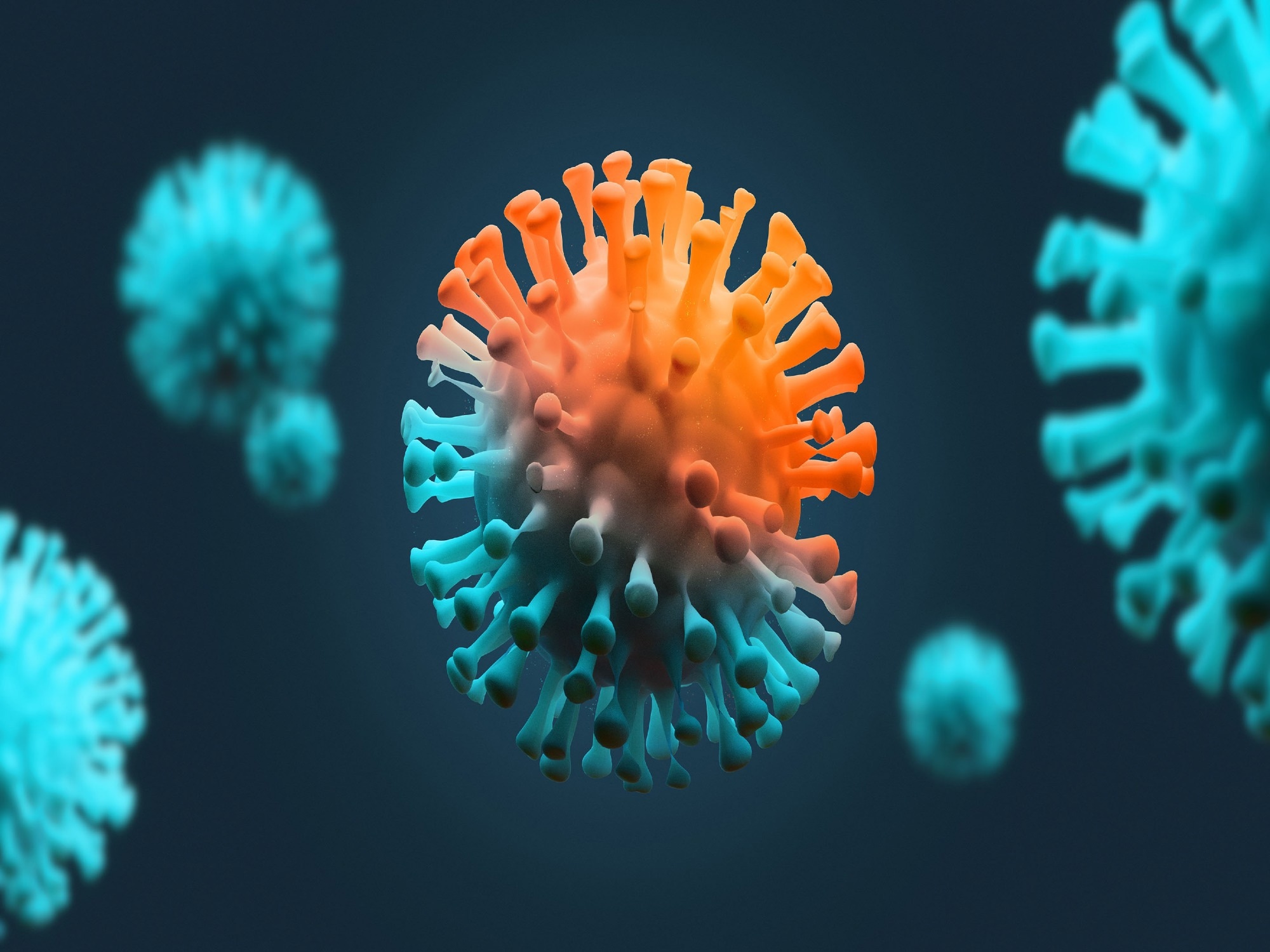Researchers from Rutgers University and the Salk Institute defined the molecular structure of the HIV Pol polyprotein, a protein that helps the virus propagate and spread throughout the body, in an exploration that could lead to the formation of potential treatments for more than 40 million HIV patients globally.

Image Credit: Rutgers University
Their research results, which were published in Science Advances on July 6th, 2022, may help to guide the development of drugs that connect to the protein and inhibit its function.
Drug molecules need a particular structure to bind specifically to their disease targets. They fit together like complex puzzle pieces. Knowing the structure of the molecule you’re targeting helps you find or make a drug that will fit.”
Eddy Arnold, Study Senior Author and Board of Governors Professor, Center For Advanced Biotechnology and Medicine, Rutgers University
Arnold was also a distinguished professor at Rutgers University.
Understanding the structure of HIV Pol sheds more light on how HIV replicates itself. Prior research has indicated that the HIV Pol polyprotein is broken down into three enzymes—a protease, a reverse transcriptase, and an integrase—that operate together to gather the virus’s mature form.
Moreover, it was previously unseen how the protease separated from the larger protein HIV Gag-Pol and then from HIV Pol. According to the new research, the protease starts the process by self-cleaving or trimming itself free from the rest of the molecule.
“The first challenge was producing a stable version of the naturally transitory HIV Pol so the structure could be analyzed,” said co-first author Jerry Joe Harrison, who established a breakthrough recipe for steady HIV Pol as a doctorate student at Rutgers and is a senior lecturer at the University of Ghana.
The Salk group used cryogenic electron microscopy to unveil the three-dimensional structure of the HIV Pol protein molecule after scientists were capable of creating a current version of HIV Pol. This resulted in the discovery that Pol is a dimer, which means it is made up of two proteins that are obligated together. The discovery surprised scientists since other viral proteins are single-protein assemblies.
“Structure informs function, and the insights we gained from visualizing the molecular architecture of Pol give us a new understanding of the mechanism by which HIV replicates,” said co-senior author Dmitry Lyumkis, an assistant professor in the Laboratory of Genetics and Hearst Foundation Development Chair at Salk.
“An unexpected realization was that the reverse transcriptase portion of this polyprotein precursor resembles its mature dimeric form,” said Arnold, who has examined the HIV reverse transcriptase for 35 years and has positively contributed to evolving some of the lifesaving HIV therapeutics that are broadly used. “The HIV Pol polyprotein was one of the most important missing pieces in the HIV structural puzzle,” said Arnold.
The revelation, according to the authors, paves the way to essential future research, such as studies of the HIV Pol structure of the larger and more complex polyprotein Gag-Pol, which is also engaged in viral assembly, as well as a quick glance at the role of integrase in constructing the mature form of the HIV virus during reproduction.
“Current HIV treatments include multiple classes of inhibitors for all three enzymes, and the discovery also reveals a new vulnerability that could be targeted with drugs,” said co-first author Dario Passos, a former researcher in Lyumkis’s lab at Salk.
Source:
Journal reference:
Harrison, J. J. E. K., et al. (2022) Cryo-EM structure of the HIV-1 Pol polyprotein provides insights into virion maturation. Science Advances. doi.org/10.1126/sciadv.abn9874.